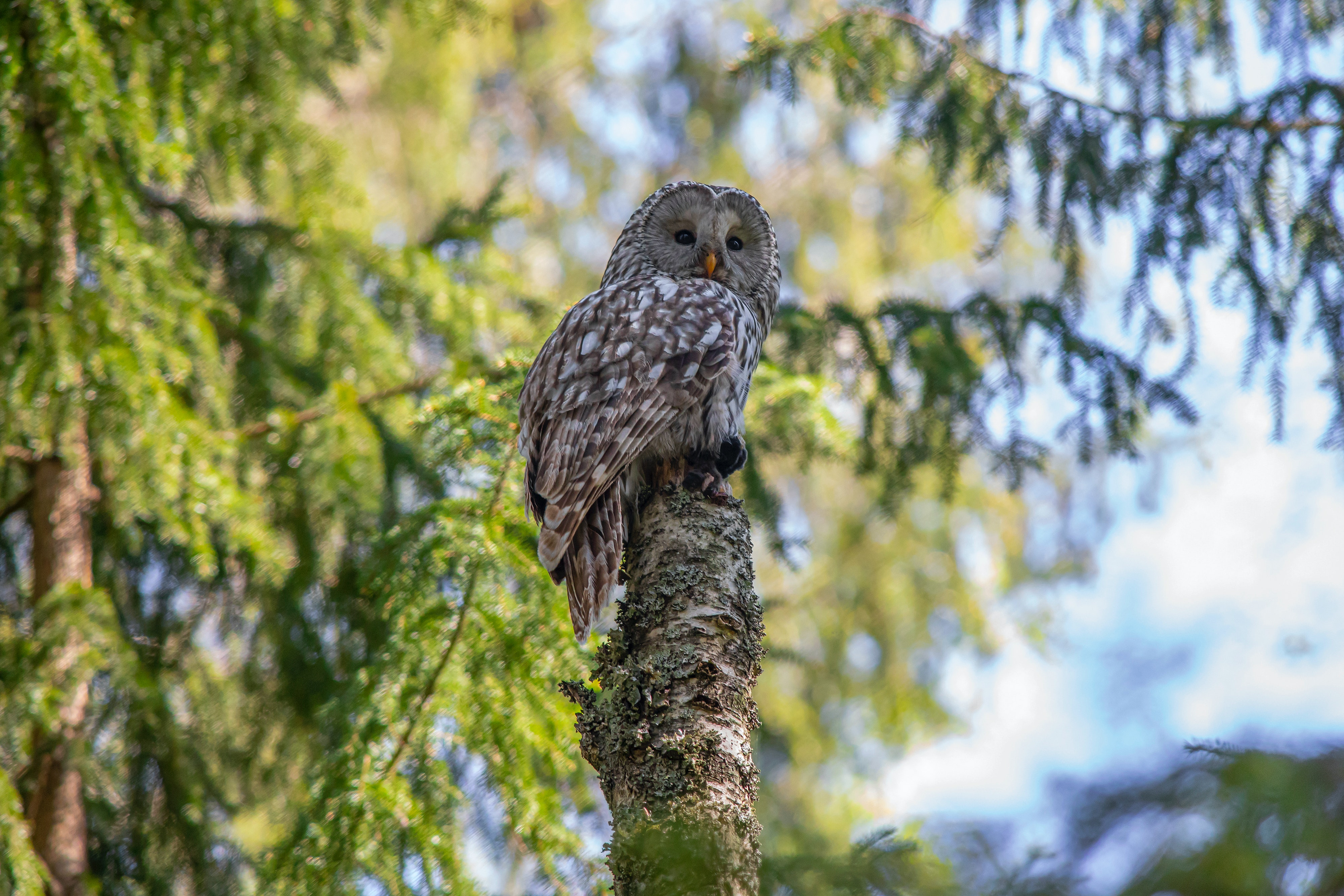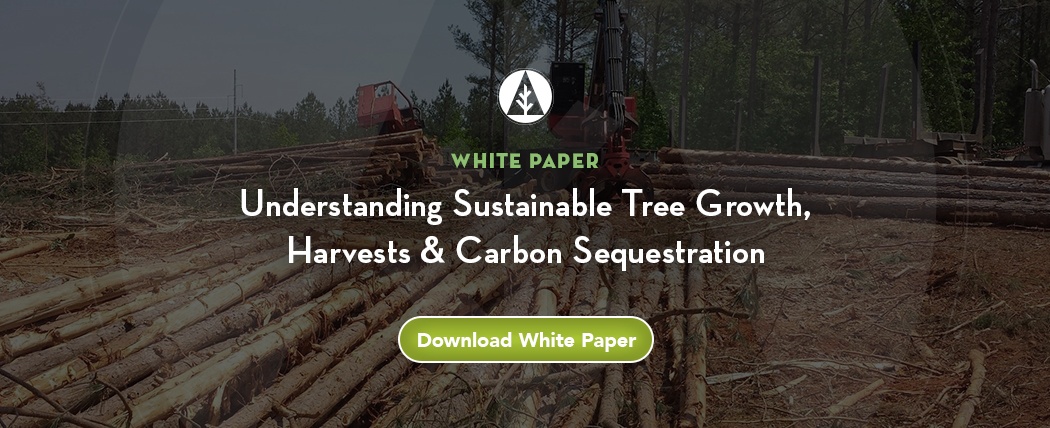
Regular readers of our blog don’t need a reminder that the 1990 listing of the Northern Spotted Owl had a disastrous social and economic impact on our rural communities. It forever changed the forest products industry throughout the western United States. Today the resulting anti-forest management policies have directly contributed to environmental destruction, as catastrophic wildfires scorch communities and owl habitat alike.
Thirty years later, anti-logging proponents can no longer run from the facts. More than 9.5 million acres of federal lands in California, Oregon, and Washington have been set aside as “critical habitat” for the species. This does not include the millions of additional acres of national parks, congressionally designated wilderness areas, and other areas where forest management is also off limits.
Despite shutting down logging across nine million acres of federal lands, spotted owl populations have declined as much as 75 percent since 1995. Loggers are not to blame for the decline of this species.
The spotted owl still matters because it continues to dominate federal forest management in the Pacific Northwest. However, there are reasons to believe the clock is ticking on these failed policies. There is an opportunity to restore responsible forest management in a way that benefits owls and people.
The Science Is Evolving
The Clinton-era Northwest Forest Plan promised to focus on “scientifically sound, ecologically credible, and legally responsible strategies and implementation,” while “producing a predictable and sustainable level of timber sales and nontimber resources.”
These promises were broken as spotted owl critical habitat was applied to federal lands intended for timber production, known as Matrix lands. If one needs proof spotted owl critical habitat is unscientific, consider that nearly two million acres of critical habitat is not even suitable habitat for the species.
According to the American Forest Resource Council (AFRC), at a minimum, 1.4 million acres of restricted Matrix lands do not provide suitable nesting, roosting, and foraging habitat for the species. As we’ll discuss in a moment, setting aside non-habitat as critical habitat not only defies common sense, it is also illegal.
Due to the lack of active forest management, federal forests have become overgrown and vulnerable to increased mortality, insects, and diseases that are fueling today’s megafires. Emerging scientific research confirms high-severity wildfire is causing the persistent loss of old-growth forests. It is estimated that wildfires burned more than 560 square miles of suitable nesting and roosting spotted owl habitat in Oregon last year.
In addition, a 20-year monitoring report on the Northwest Forest Plan published in 2015 concluded that over 80 percent of owl habitat loss during this period was due to wildfire and disease, not timber harvest. The U.S. Fish & Wildlife Service’s recovery plan for the spotted owl points to the need for active forest management, yet critical habitat rulings made it difficult for federal land managers to implement forest thinning and other activities to help mitigate further losses of actual habitat from wildfire.
Science is also pointing to competition from barred owls (a larger, more aggressive species) as the biggest driver of spotted owl population loss. A recent study found the spotted owl populations drastically declined after barred owls moved into landscapes dominated by old-growth forests where timber harvest and active management have not occurred.
The recovery plan states that simply protecting habitat will not recover the spotted owl, since the best available science indicates that competition from the barred owl poses a significant risk to the survival of the species. Despite overwhelming evidence about the threat posed by the barred owl, and federal promises to implement a barred owl removal program, little has been done to reduce the growing barred owl population.
The Law Is Evolving
Last year a coalition representing counties, labor, and the industry reached an agreement with the Fish & Wildlife Service to reevaluate spotted owl critical habitat. The agreement was partly related to a unanimous 2018 U.S. Supreme Court decision in another forestry-related case, finding the Endangered Species Act did not authorize the government to designate lands as critical habitat unless it is, in fact, habitat for the species.
In January, after a public rulemaking process, the Fish & Wildlife Service finalized a critical habitat rule that removed non-habitat as well as lands set aside for timber production. It was an important step toward sensible forest management policy.
The Politics Need to Catch up
Under pressure from anti-forestry groups, the Biden Administration delayed — and then reversed — the January 2021 critical habitat rule. AFRC joined counties in suing the Fish & Wildlife Service, alleging the agency failed to provide a lawful justification for the delay and failed to provide the public with notice or an opportunity to comment.
In addition to violating the agreement to reevaluate spotted owl critical habitat, the Biden Administration is defying U.S. Supreme Court precedent by designating as critical habitat land that is not actually habitat for the spotted owl. The Biden Administration is expected to release a new critical habitat rule in the next year. More lawsuits will likely follow.
Recently, Congressman Cliff Bentz (R-Oregon) attempted to insert an amendment into a major federal spending bill that would have reinstated the critical habitat rule. Unfortunately, it was voted down on party lines.
Get Involved
If you live in Congressman Bentz’s district, thank him for supporting sensible critical habitat policy. If you live elsewhere, contact your federal representatives and explain how current policies are harming our communities, forests, and the species itself.
At some point, the politics will catch up with evolving law and science. Once it does, there will be new opportunities for responsible forest management that reduces wildfire risks and provides sustainable timber supplies to support rural economies. Forest management, combined with an effective barred owl mitigation plan, would give the spotted owl a fighting chance to survive too.
This post appears courtesy of guest blogger Nick Smith, who is Executive Director of Healthy Forests, Healthy Communities, a non-profit, non-partisan organization that is supported by individuals and businesses who are passionate about improving the health of our forests and the future of our rural, forested communities. This post was originally published by TimberWest.


 Nick Smith
Nick Smith



